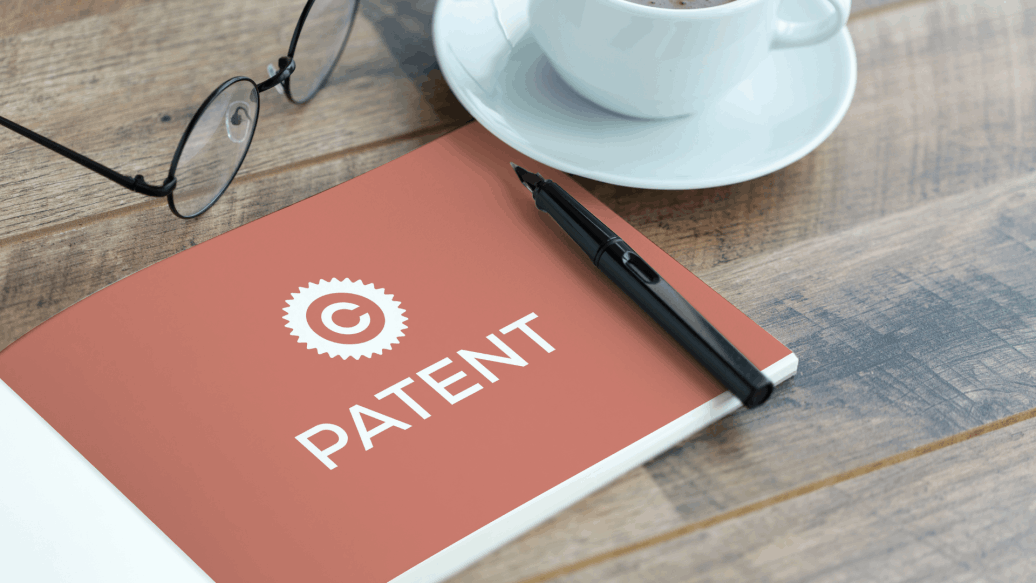How to Create a Unique Selling Proposition for Your Invention
Discover how to create a unique selling proposition (USP) for your invention with expert insights from InventHelp in Pittsburgh, PA. Learn how to submit a product idea, protect your invention, and bring your idea to market with confidence.
